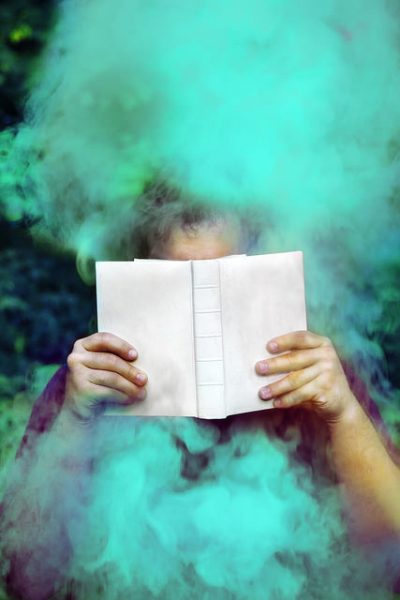If you had to cast well or moderately known actors to play your characters, who would they be?
The boyfriend is definitely a Billy Bob Thornton type. Marissa Tomei for the narrator. I was going to say like nineties Billy Bob and Tomei because both of those people are significantly older than the characters, but these are also exactly the kind of people who look older than they really are. By a lot. So you could probably cast those actors today and get it about right.
In such a brief piece, details can really stick with the reader. I felt Buddy Holly hanging like a specter over your characters. Does your work frequently feature hauntings? Why him?
A lot of my stories, at least the ones I’ve been working on recently, are set in the rural Midwest, either in or near towns of like five, ten, maybe twenty thousand people. These are places that maybe had double the population back in post-war boom years, and I think that makes them just naturally haunted, both by local legends and this kind of creeping nostalgia, this sense that things have peaked and everyone left in town is just playing out the string. The Buddy Holly crash site gives me that sense. It’s not well signed, and it’s in the middle of nowhere, and there are all these makeshift memorials out there, and in some sense that makes it more beautiful but also scarier. There’s nothing commercial separating you from tragic death and so you’re just forced to think about mortality. In fact, you have to actively seek it out because it’s really hard to end up there by accident. These characters are defiant in some ways. They want to go out there, feel desperate, and then assert themselves in the face of it.
The scene that makes up “Midnight Shift” takes place right after that shift ends, at dawn. What is it about daybreak that opens up the world and future of these characters?
There’s a seasick feeling I associate with dawn, and I picture these characters, especially the boyfriend, as emerging from fluorescence into natural light, which is an odd transition. The boyfriend’s been stacking boxes or maybe at the customer service counter, and the narrator’s just left McDonald’s. They’re eating refined sugar and carbs. Almost nothing about what happens before the main action of the story is real, and then all of a sudden it’s a new day and they’re in this real open, real famous place. These are people who are ruled by time clocks, and I think being out at sunrise, after a long night, has an added drug effect. I think they figure they can do something big, and, even if it ends up bad, which it likely will, at least it’ll be a different kind of bad. At least they’ll have something.
The future for your characters centers around this one plan they make after the boyfriend’s shift at Hy-Vee. Do these characters exist only in this flash piece, or have you written about one or both elsewhere? Do you tend to write “one-off” flashes or stick with the same cast?
The hardest part of flash for me is coming up with new plots and situations. Oddly enough, my process almost always starts with setting, and I write with an actual road atlas handy, and, since I’m writing stories in these small communities, I do often have characters recurring. There are “one-offs,” too, of course, but even those will sometimes feature cameos from people I’ve written about before. I do usually try to avoid writing straight continuation scenes, though. So, while I have written about these two before, it’s been in a different situation. Honestly, I don’t know how serious they are here. I think they really, really want to do this, to follow through on this plan, but inertia is powerful. And they are not used to having a lot of agency. I think that’s maybe the big question the story wants to ask is, do I, as a reader, want them to follow through? Because in one sense it’s them becoming active and taking control of something, and their brand of class resentment is meant to feel legitimate, but, in another, what they’re discussing is, you know, obviously despicable and deservedly criminal. I guess I feel like the story is trying to show the crappy stasis these characters are stuck with and then offer up this insane, though potentially cathartic, out and then force the reader to deal with that tension. I hope it’s doing that on some level.


 The core workshop of SmokeLong Fitness is all in writing, so you can take part from anywhere at anytime. We are excited about creating a supportive, consistent and structured environment for flash writers to work on their craft in a community. We are thrilled and proud to say that our workshop participants have won, placed, or been listed in every major flash competition. Community works.
The core workshop of SmokeLong Fitness is all in writing, so you can take part from anywhere at anytime. We are excited about creating a supportive, consistent and structured environment for flash writers to work on their craft in a community. We are thrilled and proud to say that our workshop participants have won, placed, or been listed in every major flash competition. Community works.